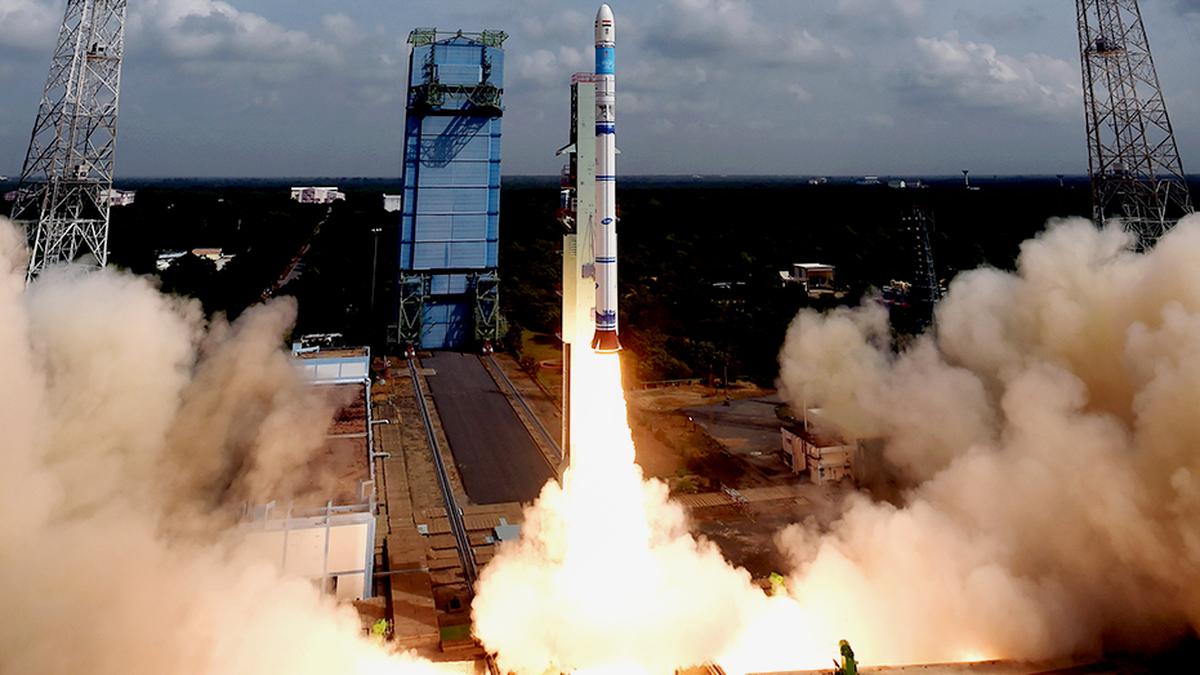- Courses
- GS Full Course 1 Year
- GS Full Course 2 Year
- GS Full Course 3 Year
- GS Full Course Till Selection
- Answer Alpha: Mains 2025 Mentorship
- MEP (Mains Enrichment Programme) Data, Facts
- Essay Target – 150+ Marks
- Online Program
- GS Recorded Course
- Polity
- Geography
- Economy
- Ancient, Medieval and Art & Culture AMAC
- Modern India, Post Independence & World History
- Environment
- Governance
- Science & Technology
- International Relations and Internal Security
- Disaster Management
- Ethics
- NCERT Current Affairs
- Indian Society and Social Issue
- NCERT- Science and Technology
- NCERT - Geography
- NCERT - Ancient History
- NCERT- World History
- NCERT Modern History
- CSAT
- 5 LAYERED ARJUNA Mentorship
- Public Administration Optional
- ABOUT US
- OUR TOPPERS
- TEST SERIES
- FREE STUDY MATERIAL
- VIDEOS
- CONTACT US
Basic Animal Husbandry Statistics (BAHS) 2024
Basic Animal Husbandry Statistics (BAHS) 2024
On the Occasion of National Milk Day 2024 (26 Nov), the Department of Animal Husbandry and Dairying, Government of India, has released the Basic Animal Husbandry Statistics - 2024 report, highlighting significant increases in the production of milk, meat, and eggs during the fiscal year 2023-24 compared to previous years.
India’s Global Ranking:
- India is the 1st largest producer of milk globally.
- India ranks 2nd in egg production worldwide, while China is the world's top egg producer.
Milk Production in India (2023-24)
- Total Milk Production: India is estimated to produce 239.30 million tonnes of milk in 2023-24, marking a 3.78% increase from the 2022-23 estimates (230.58 million tonnes).
- Long-term Growth: Over the last 10 years, India’s milk production has grown at a compound annual growth rate (CAGR) of 5.62%. In 2014-15, milk production was 146.3 million tonnes.
- Top Five Milk Producing States:
- Uttar Pradesh: 16.21% of total milk production.
- Rajasthan: 14.51%.
- Madhya Pradesh: 8.91%.
- Gujarat: 7.65%.
- Maharashtra: 6.71%.
-
States with Highest Annual Growth:
- West Bengal: 9.76% growth in milk production.
- Jharkhand: 9.04%.
- Chhattisgarh: 8.62%.
- Assam: 8.53%.
Egg Production in India (2023-24)
- Total Egg Production: The country’s total egg production is estimated at 142.77 billion eggs in 2023-24, reflecting an annual growth of 3.18% over 2022-23 (138.38 billion eggs).
- Long-term Growth: Egg production has grown at a CAGR of 6.8% over the last decade. In 2014-15, production was 78.48 billion eggs.
-
Top Egg Producing States:
- Andhra Pradesh: 17.85% share of total egg production.
- Tamil Nadu: 15.64%.
- Telangana: 12.88%.
- West Bengal: 11.37%.
- Karnataka: 6.63%.
Meat Production in India (2023-24)
- Total Meat Production: India is estimated to produce 10.25 million tonnes of meat in 2023-24, registering a 4.95% increase from 2022-23 (9.77 million tonnes).
- Long-term Growth: The compound annual growth rate (CAGR) of meat production over the past 10 years is 4.85%. In 2014-15, meat production was 6.69 million tonnes.
- Meat Types:
- Poultry: 48.96% of total meat production.
- Buffalo: 18.09%.
- Cattle: 2.60%.
- Sheep: 11.13%.
- Goat: 15.50%.
- Pig: 3.72%.
-
Top Meat Producing States:
- West Bengal: 12.62% share of total meat production.
- Uttar Pradesh: 12.29%.
- Maharashtra: 11.28%.
- Telangana: 10.85%.
- Andhra Pradesh: 10.41%.
-
States with Highest Annual Growth in Meat Production:
- Assam: 17.93% growth.
- Uttarakhand: 15.63%.
- Chhattisgarh: 11.70%.
Wool Production in India (2023-24)
- Total Wool Production: India’s wool production for 2023-24 is estimated at 33.69 million kg, a marginal growth of 0.22% compared to the previous year (33.61 million kg).
- Past Trends: In 2019-20, wool production was 36.76 million kg.
- Top Wool Producing States:
- Rajasthan: 47.53% share.
- Jammu & Kashmir: 23.06%.
- Gujarat: 6.18%.
- Maharashtra: 4.75%.
- Himachal Pradesh: 4.22%.
Agricultural Revolutions in India:
|
Revolutions |
Products |
Period |
Father of revolution |
|
|
Green revolution |
Food grains (rice and wheat) |
1966-1967 |
M.S.Swaminathan |
|
|
Grey revolution |
Fertilizers/wool production |
1960s-1970s |
— |
|
|
Pink revolution |
Prawn or onion production |
1970s |
Durgesh Patel |
|
|
White Revolution ( Operation Flood) |
Milk production |
1970-1996 |
Verghese Kurien |
|
|
Blue revolution |
Fish production |
1973-2002 |
Dr. Arun Krishnan |
|
|
Red revolution |
Meat or tomato production |
1980s |
Vishal Tiwari |
|
|
Yellow revolution |
Oilseed production |
1986-1990 |
Sam Pitroda |
|
|
Golden fiber revolution |
Jute production |
1990s |
— |
|
|
Golden revolution |
Fruits/Honey/Horticulture production |
1991-2003 |
Nirpakh Tutaj |
|
|
Silver revolution |
Egg/Poultry production |
2000s |
Indira Gandhi |
|
|
Silver fiber revolution |
Cotton |
2000s |
— |
|
|
Protein revolution |
Agriculture |
2014-2020 |
Narendra Modi |
|
|
Evergreen revolution |
Overall development of agriculture |
2017-2022 |
M.S.Swaminathan |
|
|
Black revolution |
Petroleum production |
— |
— |
|
White Revolution 2.0
2. Target under White Revolution 2.0:
3. Key Components and Programs:
|
|
|||
|
|
||||




